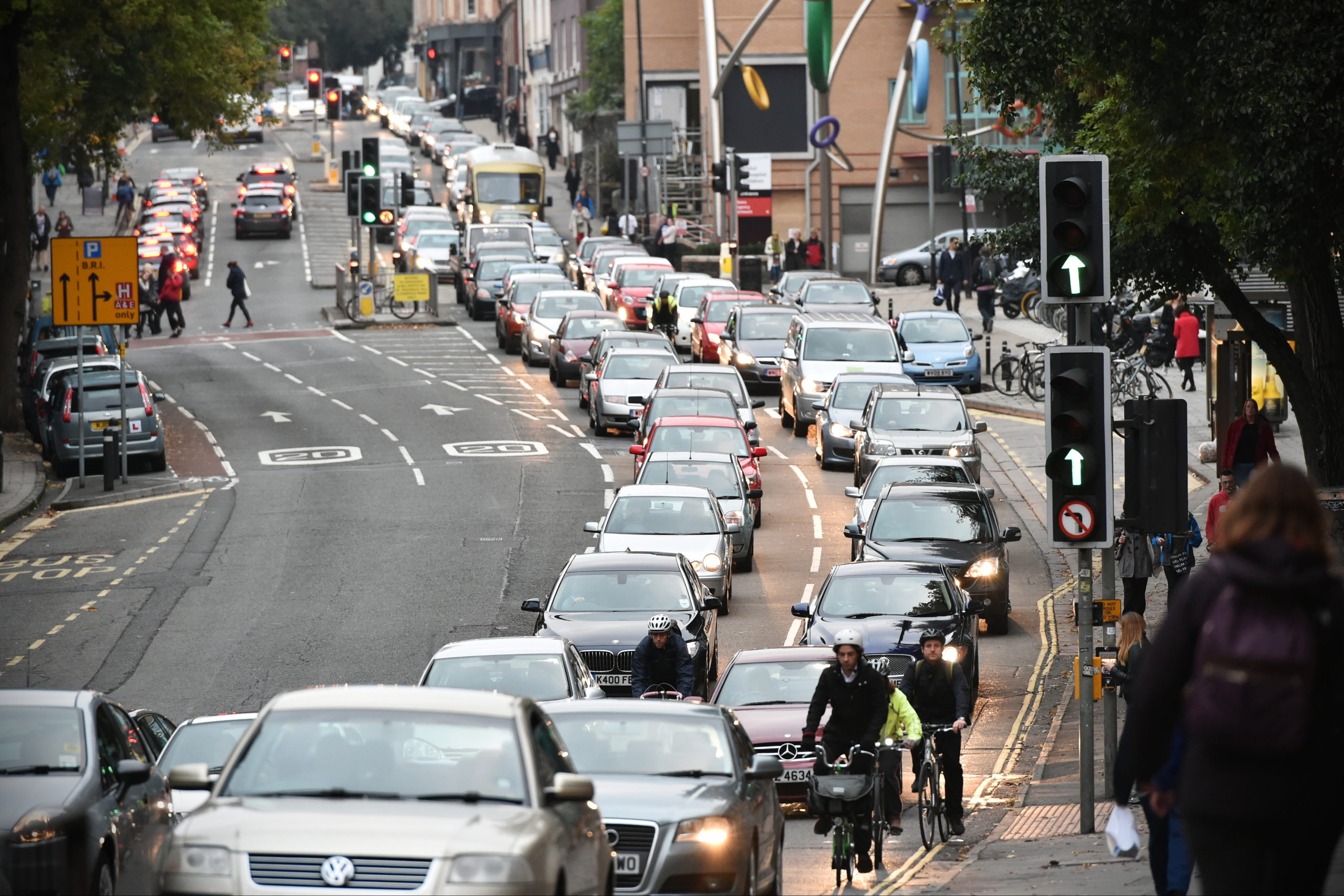What do sharp falls in motorised traffic mean for air quality?
The periods of lockdown within the UK through 2020 offered a unique opportunity to investigate this very question on a large scale like never before and is something that the authorities within Safer Roads Berkshire wanted to understand. The hope that if as one would expect the results are positive, that the report could help encourage further backing for modal shift.
It’ll come as no surprise that with reduced motorised traffic on the roads in 2020, there were fewer collisions and fewer casualties than previous years, however as a previous study of ours noted; average vehicle speeds increased.
The numbers of motorised vehicles on the road approximately halved during the national lockdown periods, which across the whole of Berkshire lead to background levels of Nitrogen Dioxide falling by up to 40%, and other Nitrous Oxides falling by between 22 and 34%. Particulate matter such as that from brakes and tyre wear fell by 24%. All demonstrating that there were substantial air quality benefits by reducing motorised vehicles.
This latest reports adds to the armory of evidence supporting modal shift for safer and healther communities, beyond simply the route of decarbonisation.
It’ll come as no surprise that with reduced motorised traffic on the roads in 2020, there were fewer collisions and fewer casualties than previous years, however as a previous study of ours noted; average vehicle speeds increased.
The numbers of motorised vehicles on the road approximately halved during the national lockdown periods, which across the whole of Berkshire lead to background levels of Nitrogen Dioxide falling by up to 40%, and other Nitrous Oxides falling by between 22 and 34%. Particulate matter such as that from brakes and tyre wear fell by 24%. All demonstrating that there were substantial air quality benefits by reducing motorised vehicles.
This latest reports adds to the armory of evidence supporting modal shift for safer and healther communities, beyond simply the route of decarbonisation.

